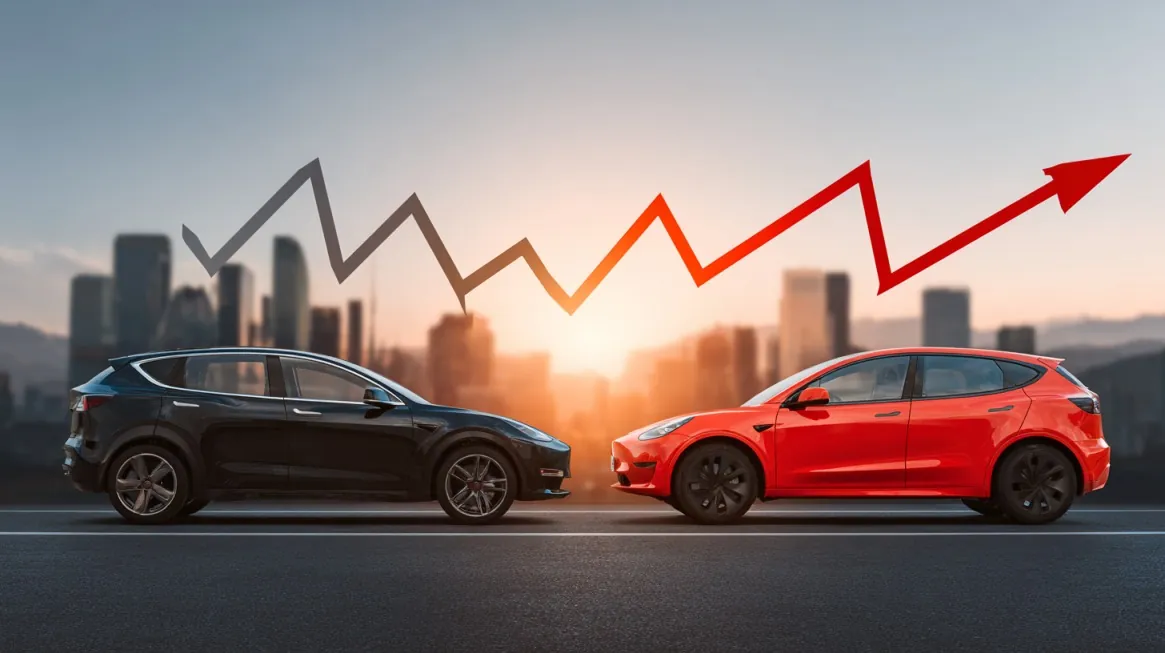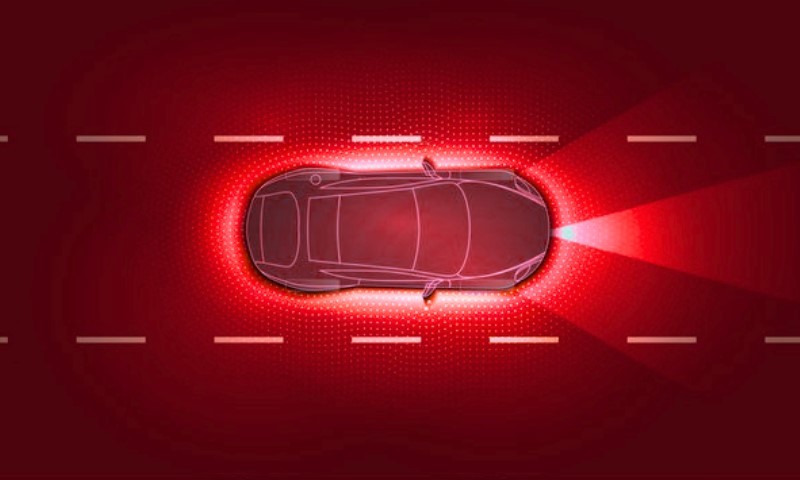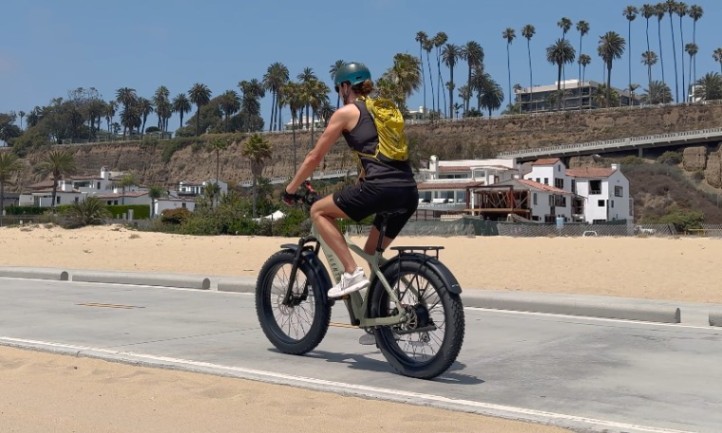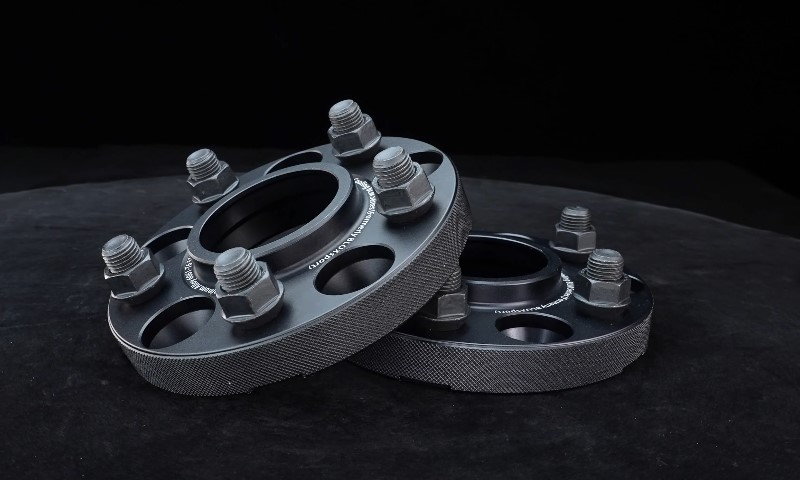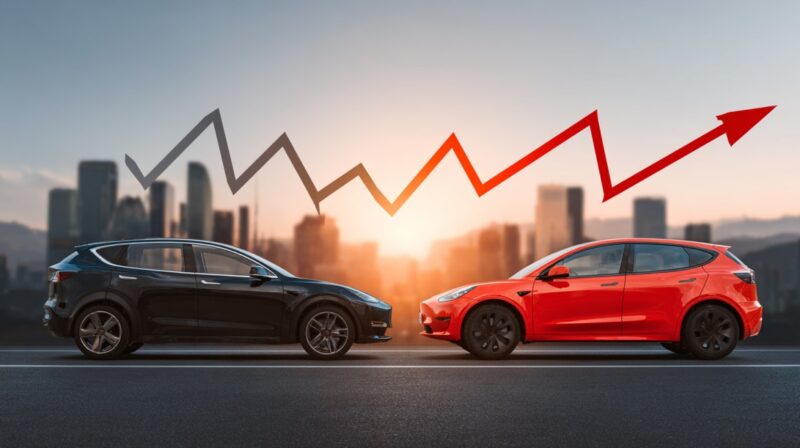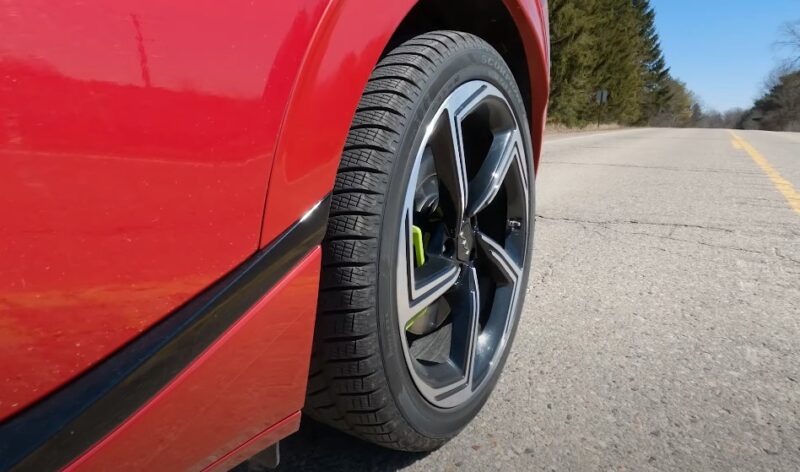
Share Post:
Electric vehicles are turning heads with advanced technology and impressive performance, yet many people overlook a critical element: tires. Rubber choice can have a surprising impact on efficiency, safety, and comfort.
A battery-powered car imposes unique demands on tires due to added weight, instantaneous torque, and the desire for extended range.
It only makes sense to pick an option that can handle those factors expertly. Get the basics right, and every mile becomes smoother, quieter, and more cost-effective.
Table of Contents
ToggleKey Takeaways
- EV tires matter – They impact range, safety, and noise levels.
- Key factors – Load index, rolling resistance, and tread design are crucial.
- Maintenance matters – Regular checks, rotation, and alignment extend tire life.
Why EVs Demand Special Attention
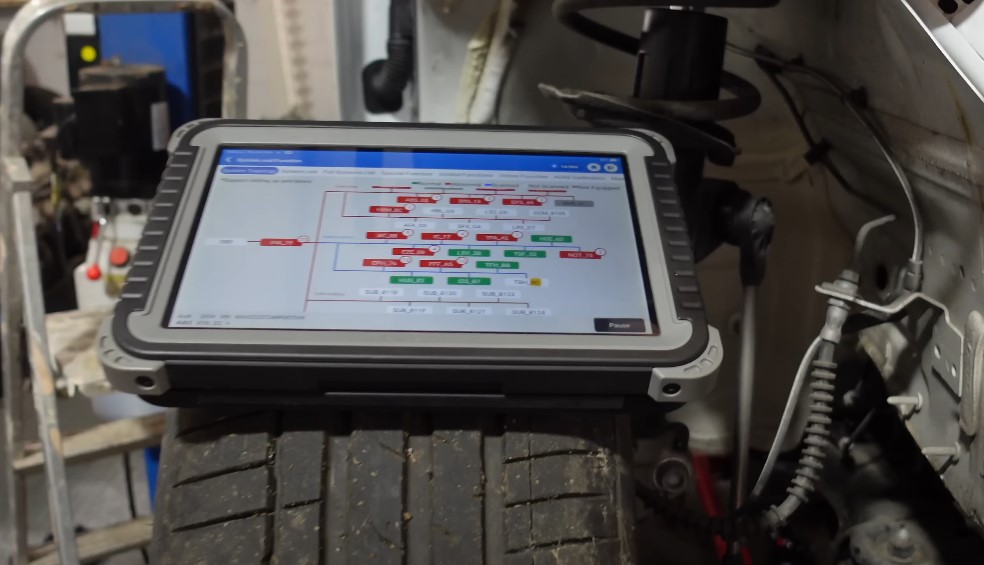
Battery-powered cars have quirks that set them apart from traditional vehicles. One of the most notable differences is the hefty battery pack tucked under the cabin floor, which can add several hundred pounds to the overall weight.
Another distinguishing feature is that electric powertrains generate torque immediately, leading to quicker acceleration and, occasionally, faster tire wear.
Plus, the low noise level of an electric powertrain means any tire roar becomes far more obvious inside the cabin. Neglecting those factors can undermine performance, comfort, and safety in ways many drivers don’t expect.
Heavier Load
Some might assume a battery pack is just another component, but it often weighs significantly more than a typical gas engine. Tires end up bearing extra load, which prompts the need for higher load indexes.
Cutting corners here can lead to premature sidewall damage, reduced braking performance, and compromised handling. It’s one area where going cheap can get expensive fast.
There is also a ripple effect on everything from cornering grip to tread wear, so load capacity deserves close attention.
Instant Torque
An electric motor doesn’t wait around when the accelerator is pressed. Power delivery is immediate, and that might tempt drivers to hit the pedal hard, enjoying every bit of thrilling acceleration.
Nothing wrong with a little fun, but it places extra strain on the tires. If they lack a robust structure or a compound formulated to handle abrupt torque, irregular wear or traction issues can appear.
A design that accommodates sudden power surges offers better grip and more even tread life, preventing blowouts and other unpleasant surprises.
Noise Levels
Lack of engine growl is one of the joys of electric motoring. That also means road noise stands out more than it would in a gas-powered car. Excessive hum or drone from the tires can turn a peaceful commute into an irritating experience.
Certain manufacturers incorporate noise-dampening technologies in the tire carcass or tread pattern to address that issue.
A quiet set of tires isn’t a mere luxury; it can have a massive effect on the overall driving experience, especially during longer trips.
Key Factors for Selecting EV Tires
Load Index
Two ratings commonly appear on tire sidewalls: load index and speed rating. The load index outlines the weight a tire can support safely. Electric cars often demand a higher load index than their combustion-engine cousins.
A mismatch can lead to bulging sidewalls, sluggish steering, and compromised safety. Check the vehicle’s manual or door-jamb sticker to find the recommended load index.
Choosing a tire that meets or exceeds that figure wards off unnecessary risks.
Rolling Resistance
A major concern for owners is range, and rolling resistance is a prime factor that can shrink or extend that distance. Rolling resistance refers to the energy lost when tires roll against the road surface.
The higher it is, the more energy gets wasted, leading to reduced range and more frequent charging stops. Opt for tires specifically labeled as “low rolling resistance” or those advertised to reduce energy consumption.
But don’t chase low rolling resistance at the expense of traction. A balanced approach is best to ensure safety and efficiency stay in harmony.
Tread Design and Compound
Performance and durability often hinge on the rubber mixture and tread pattern. Rapid acceleration and extra weight can shred lesser compounds prematurely.
Specialized tire formulations made for electric cars feature a blend that resists wear, yet still offers solid grip in wet and dry conditions.
Tread patterns that disperse water effectively minimize hydroplaning risks, while carefully placed siping can help manage road noise.
Always consider driving environment and weather patterns when picking a tread design, since regions with heavy rain or snow call for more aggressive features.
Noise Reduction
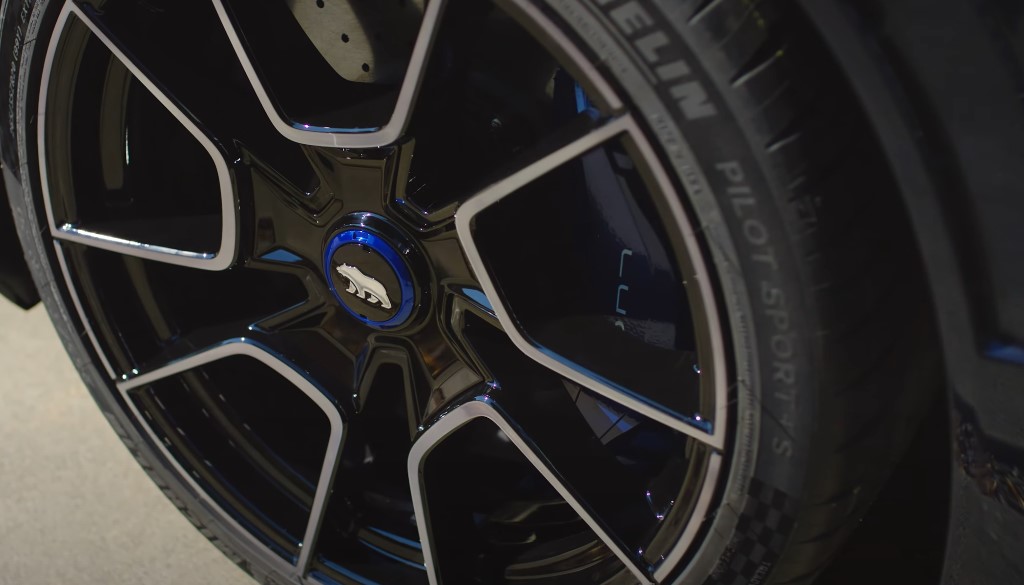
As mentioned earlier, unwanted sound becomes more noticeable in an electric car’s cabin. That calls for tires built with features such as foam inserts or advanced tread shapes that reduce vibrations.
Some might scoff at the idea of paying more for a quieter ride, yet regular travelers or those commuting long distances will appreciate the difference.
A small investment in noise-oriented designs can mean less fatigue and a more pleasant trip overall.
Aerodynamics
Another factor that can contribute to an EV’s efficiency is the shape and design of the sidewall or tread. Some products are engineered with aerodynamic patterns or sidewall profiles aimed at cutting drag.
It might seem minor, but every bit of efficiency helps in extending range, especially for those who log significant miles each week.
Low-drag options can also pair well with efficient driving habits to squeeze out extra distance on a single charge.
Practical Steps for Evaluating Options
Picking the ideal rubber can feel a bit daunting, but a few straightforward steps will narrow the choices quickly. Start by consulting the manual for tire size, load capacity, and speed rating requirements.
Then do some research on brands that focus on EV-compatible products. Make sure to read reviews from other EV owners, as firsthand experience is often more reliable than generic advertising claims.
- Consult manufacturer guidelines for exact load and speed ratings
- Study specialized EV tire lines for improved range, noise reduction, and durability
- Factor in daily driving conditions (urban, highway, mountainous terrain, etc.)
- Avoid ignoring weather patterns common in your area (snow, heavy rain, heat waves)
- Compare price, warranty, and mileage guarantees to see which option offers the most value
Price Considerations vs. Long-Term Value
Some owners cringe at the thought of shelling out extra for specialized tires. It’s true that certain EV-specific models command a premium price. The irony is that cheaper options may wear out sooner or lead to lower range.
That can rack up extra costs over time in the form of more frequent replacements or additional charging. An upfront investment in quality rubber can pay off in the long run, especially when factoring in potential energy savings and improved safety margins.
A set of discount tires might look appealing on day one, but after experiencing faster tread wear or subpar efficiency, the regret can sink in.
Maintenance Tips to Keep Tire Performance at Peak
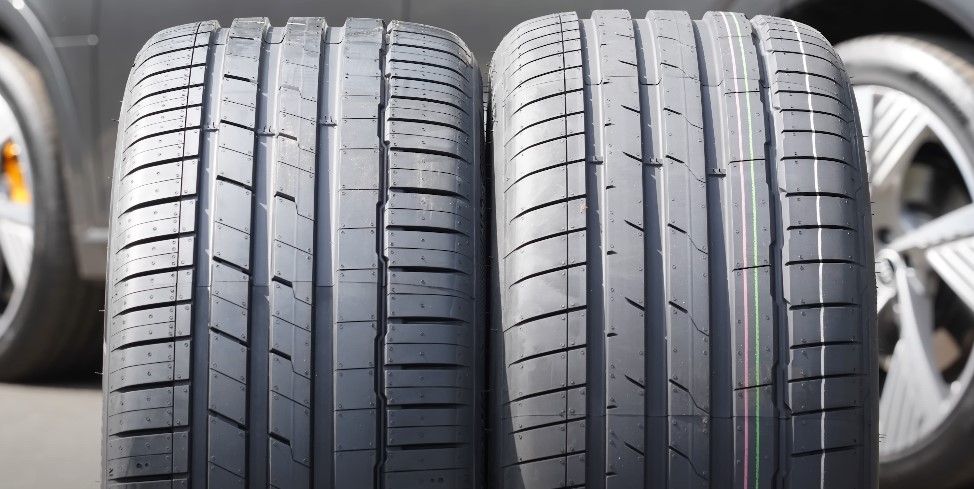
A well-chosen tire won’t perform optimally unless it’s maintained. Regular checks for damage, tread depth, and proper inflation keep everything running smoothly.
That routine is even more critical for electric cars, given the heavier load and unique torque distribution.
Proper rotation intervals can help even out wear, and alignment checks ensure no edge gets worn prematurely. Consistency can prolong tire life and save money in the process.
- Check inflation levels at least once a month and adjust as recommended by the carmaker
- Inspect for punctures, bulges, or uneven tread wear, particularly along the edges
- Rotate front and rear positions regularly to promote even usage
- Schedule periodic alignment checks to prevent drifting and uneven friction
- Replace tires promptly when tread depth approaches the legal minimum to maintain safety and efficiency
A Glimpse into Future Developments
Engineers are constantly exploring innovations to cater to the evolving EV market. Some tire brands are integrating smart sensors that relay real-time data on pressure, temperature, and tread depth to the vehicle’s onboard computer.
Others are experimenting with new compounds aimed at higher durability without sacrificing traction or comfort. There are even prototypes involving airless designs, though mass-market readiness remains uncertain.
Emerging technologies could reduce environmental impact and energy consumption further, making EV ownership even more appealing.
It’s an exciting era where traditional rubber meets cutting-edge engineering, pushing boundaries and challenging manufacturers to rethink what a tire can do.
Common Mistakes to Avoid
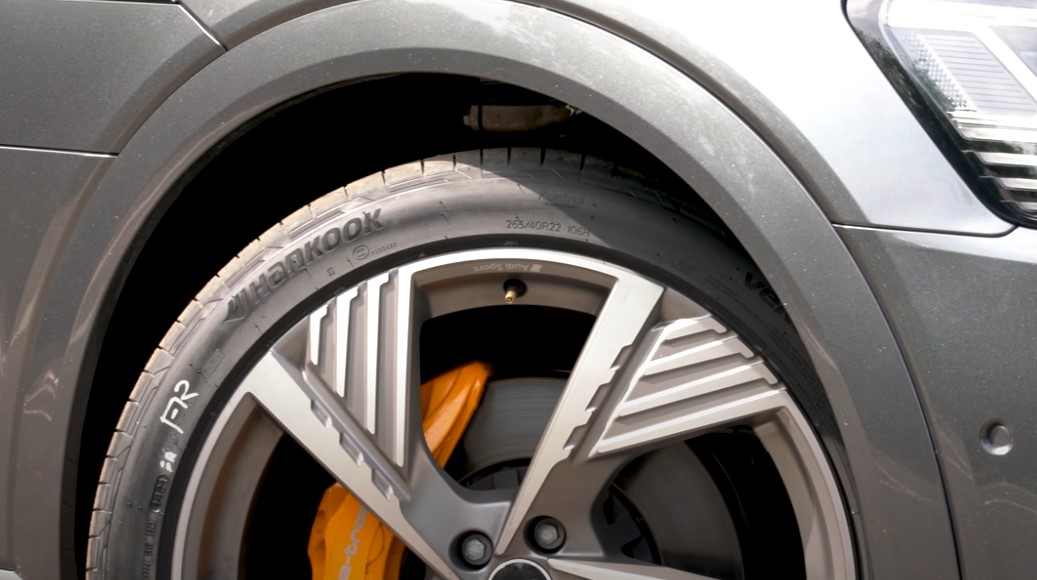
Plenty of drivers jump straight to the cheapest option or skip crucial load index specifications. Others assume any tire that fits the wheel is good enough, ignoring factors like rolling resistance and noise.
Another frequent oversight is forgetting regular maintenance intervals. Electric vehicles may reduce maintenance hassles in other areas, but tires still demand attention.
Keep an eye on brand reputation too, since lesser-known labels might skimp on quality controls. Approach the process with a bit of caution, and it’s possible to avoid those pitfalls that can lead to frustration on the road.
Summary
Choosing tires for an electric vehicle isn’t rocket science, but ignoring key elements can undermine range, safety, and driving pleasure. Load capacity, rolling resistance, tread design, and noise suppression all deserve thoughtful consideration.
Regular upkeep—like proper inflation, rotation, and alignment—further extends tire life while preserving performance. A good set of EV-focused tires helps maximize every kilowatt, ensuring a cleaner, more enjoyable drive.
After all, a smooth ride isn’t just about fancy batteries or sleek styling; it hinges on four patches of rubber that keep the entire experience on track.
Related Posts:
- Difference Between 265 and 285 Tires - Which Size to Choose?
- When to Use the VSC OFF Button in Your Toyota…
- Full Guide to Choosing the Right Car Accessories by Season
- Subaru Forester vs. Toyota RAV4 - Which SUV is Right…
- Hatchback vs. Sedan - Pros, Cons, and Which One to…
- 13 Reasons to Choose a Level 2 Charger Over Level 1 in 2025



